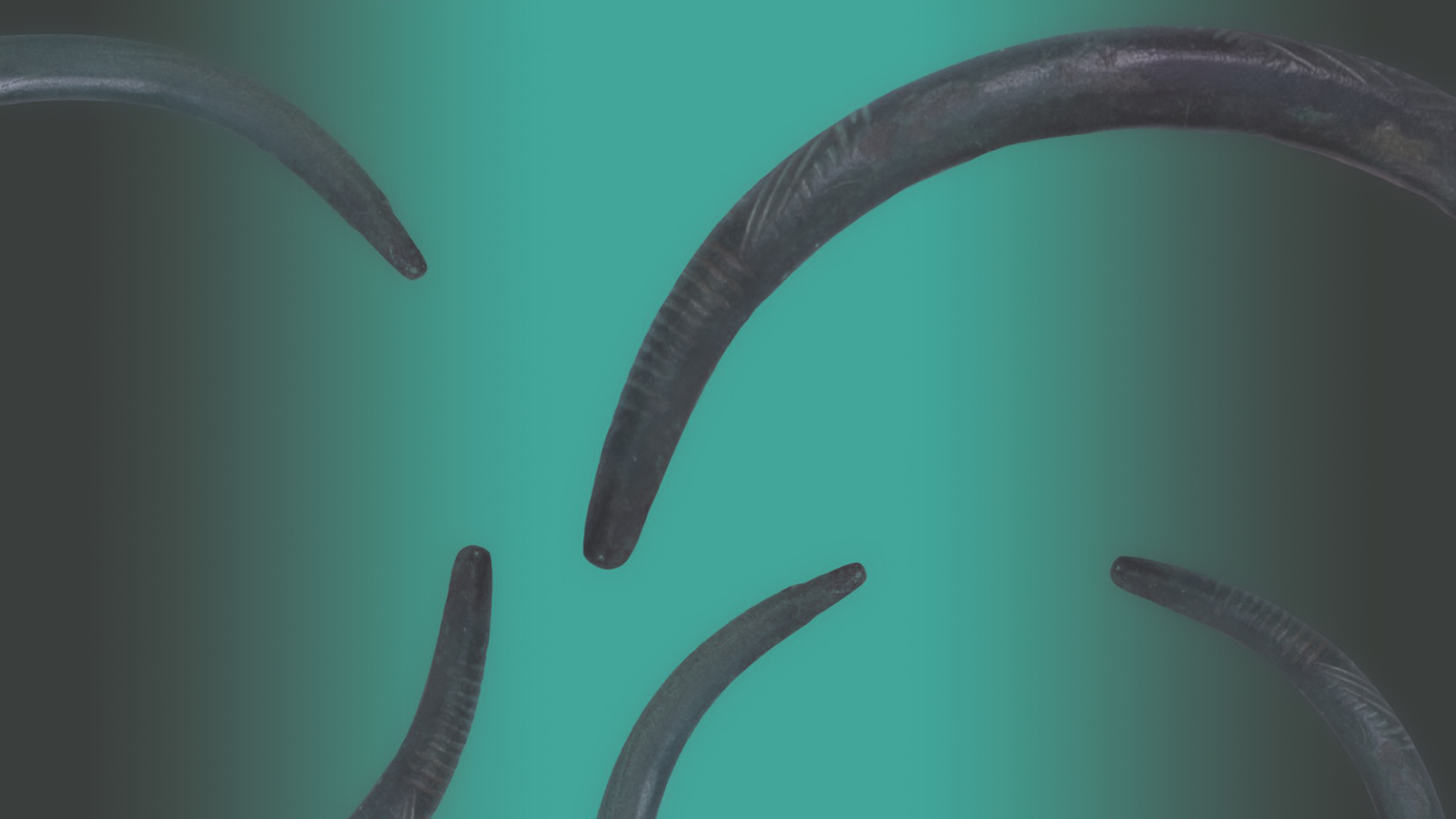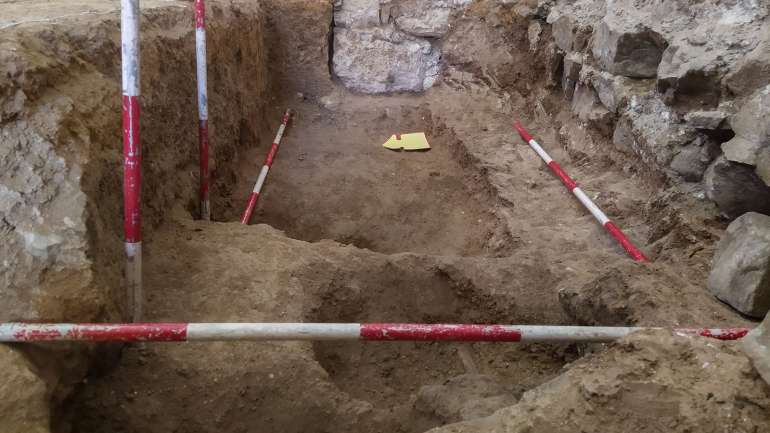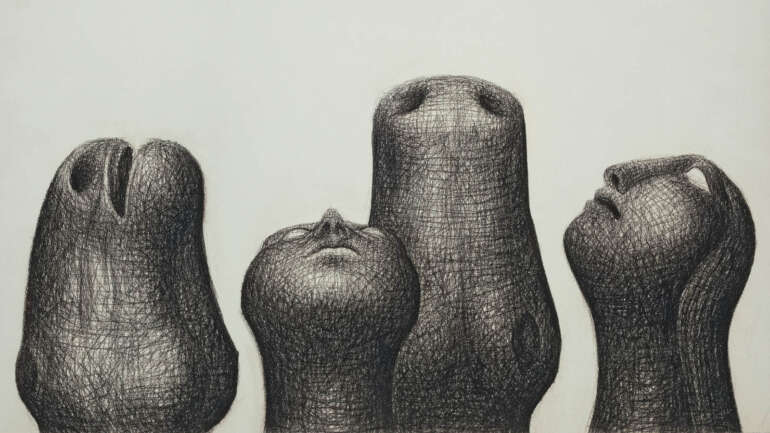By: Smiljana Dodić, museum аdvisor, archaeologist
The wide spectrum of museum activities, though contrary to general impressions, is often elusive and mostly hidden from the public eye. The audience, as its ultimate user, usually meets only one of its final tasks when it affords availability and better visibility of the subjects pertaining to material culture. All of the previous steps, which almost always include years of dedicated work and research by curators, mostly remain unknown to the public and shrouded by the veil of secrecy which contributes to the general picture about museums as springs of instant knowledge on various topics from history of nature and civilization.
And how one accomplishes this knowledge? The roads of a museum object, from its discovery until presentation to the public are explained by terms of the Law on Museum Actactivities Rof the Republic of Serbia from 2021:
“… research, discovery, collecting , documentation, undertaking protective measures, prevention of harmful impacts and provision of appropriate conditions for keeping objects, as well as their study, evaluation, presentation, interpretation and education of the public …”
When it comes to museum archeology, already the first listed “tasks” would instigate butterflies in bellies of numerous admirers of antiquity and encourage their desire for resolving enigmas during field work. But any field work is preceded by cabinet research, perusal of written sources, reviewing older materials, and study of topographical features of a terrain. The next step is systematical reconnaissance of sites with collecting chance finds and soil samples, which provide enable archaeologists with guidelines for further research and archaeological excavations.
Except field research, reconnaissance and excavations, archaeological items that become museum objects may arrive both as a gift and or a purchase, and even objects acquired in this way without their primary archaeological context do contribute to recording of sites and areas of their distribution, the aim of which is more complete protection of archaeological heritage.
The newly acquired objects are then documented, conserved/restored, studied, categorized, and presented to expert and general public in exhibitions, scholarly articles, printed and electronic media, educational workshops and expert guidance.
Our exhibition activity in the previous 2022 was extremely rich – archaeological objects from our collections were subject of several expositions in Jagodina and as guest shows but the second half of this year was marked by large influx of material due to archaeological research and gifts. Last fall, protective archaeological research was carried out inside the church of the Nativity of the Blessed Virgin in Ivkovački Prnjavor, systematic archaeological survey of the Jagodina region, and significant gifts to the museum were made by donors Zvezdan Grujić from Belgrade (originally from Lozovik), Zoran Petrović from Jagodina, and Goran Ilić from Svilajnac. Work on preventive conservation was continued (monitoring conditions of keeping objects in museum areas and work on their optimization) as well as a multi-year project conservation and restoration of metal objects and combined with metal from the funds of the Regional Museum Jagodina. Finally, a piece of the mysterious bronze object from Ancient Collection has received its ideal reconstruction, thanks to Professor Miroslav Vujović from the Departments for Archeology of the Faculty of Philosophy in Belgrade and ing. Branko Dragić, and which also became the hero of one comic authored by celebrated Alexandar Zograph.





